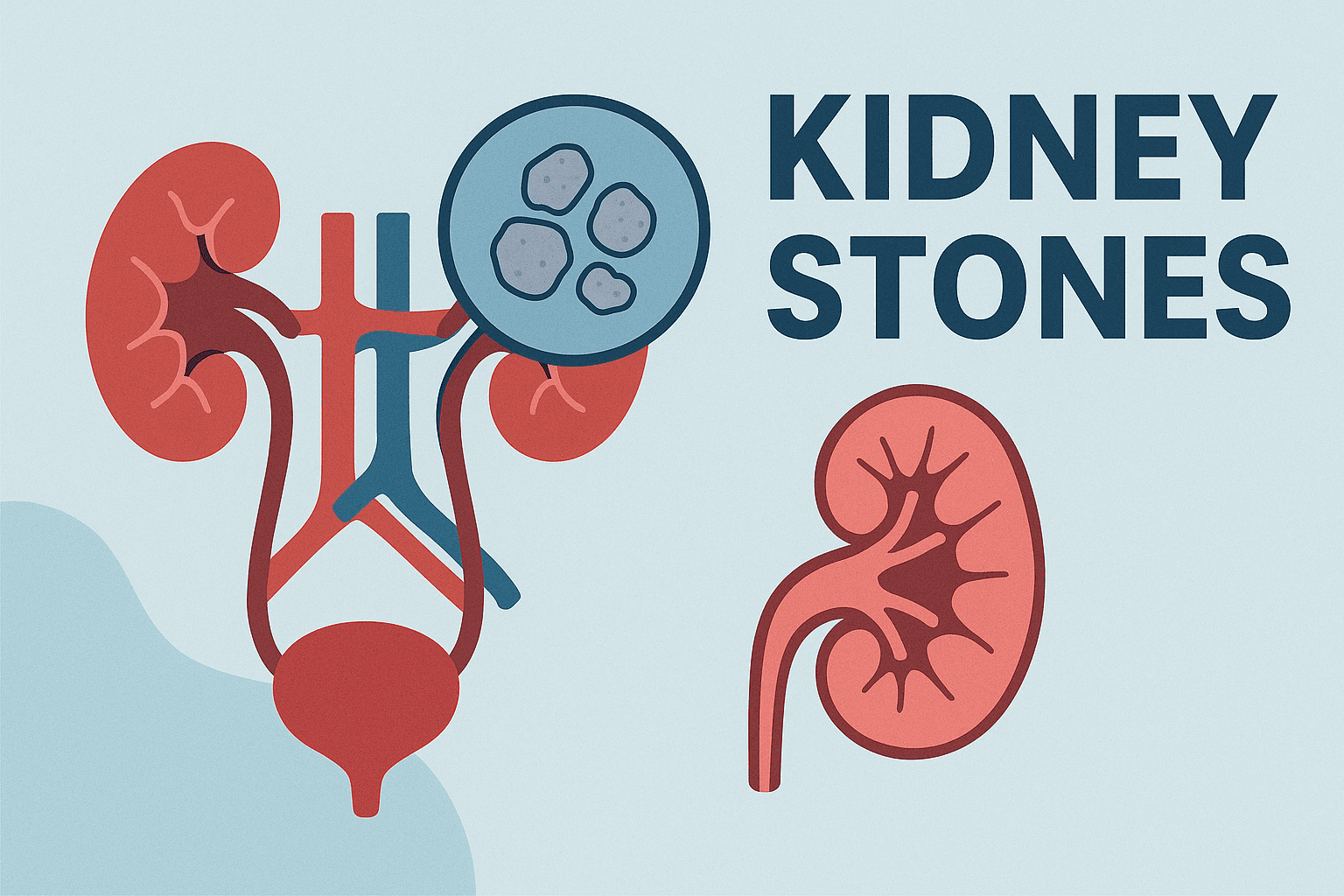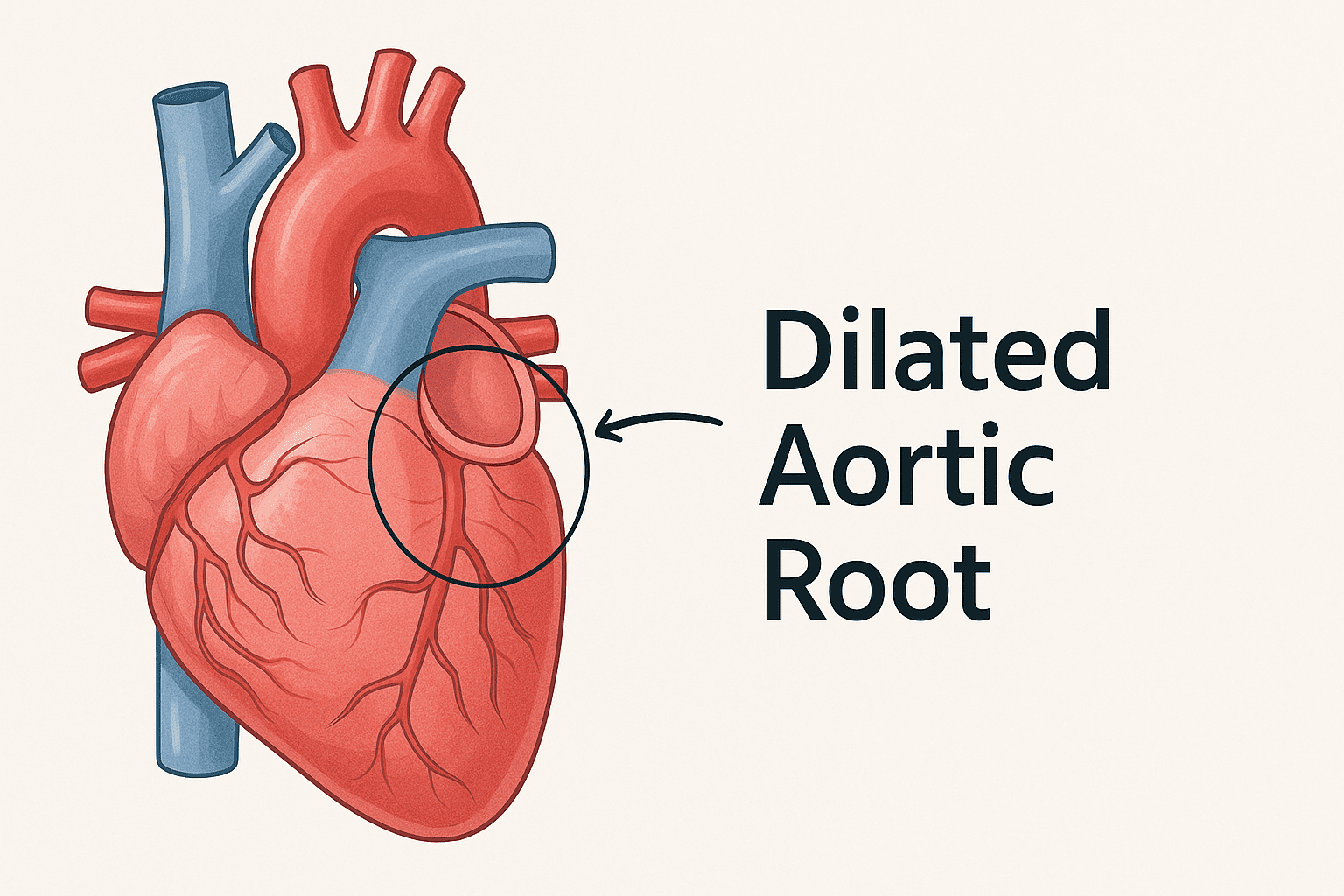Kidney Stones: Diagnosis, ICD-10 Coding, and Streamlined Documentation

Kidney stones, or renal calculi, are one of the most common and painful urologic conditions seen in clinical practice. With prevalence on the rise due to diet, dehydration, and metabolic factors, clinicians are increasingly tasked with managing both acute stone episodes and long-term stone prevention. But beyond clinical care, accurately documenting and coding kidney stones […]
Supratherapeutic INR: Clinical Management, ICD-10 Coding, and Smarter Documentation

Supratherapeutic INR—an elevated international normalized ratio beyond the target therapeutic range—is a high-stakes finding that requires immediate attention. For patients on warfarin or other vitamin K antagonists (VKAs), an INR that exceeds the therapeutic window can signal increased bleeding risk, triggering interventions like dosage adjustments, vitamin K administration, or hospitalization. But clinical action is just […]
Thyromegaly: Causes, ICD-10 Coding, and Smarter Thyroid Documentation

Thyromegaly, or enlargement of the thyroid gland, is a common clinical finding that often presents subtly but may point to significant underlying endocrine disorders. Whether caused by iodine deficiency, autoimmune conditions, or thyroid nodules, accurate evaluation and documentation of thyromegaly are essential for ensuring proper diagnosis, follow-up, and treatment. In this guide, we’ll explore: What […]
Personal History of Seizures: Clinical Insights, ICD-10 Documentation, and Smart Charting Solutions

In neurological and primary care practice, patients with a personal history of seizures require thoughtful long-term care, risk stratification, and precise documentation. Whether the seizures are due to epilepsy, post-traumatic injury, or isolated febrile events, recognizing and coding their history accurately is essential for patient safety, continuity of care, and compliance. In this article, we’ll […]
Dilated Aortic Root: How AI Can Streamline Cardiology Documentation

A dilated aortic root is often an incidental finding on echocardiogram or CT but can be a harbinger of serious aortic pathology. Left unmonitored or poorly documented, it can progress to aneurysm formation, dissection, or even sudden cardiac death. For clinicians, especially cardiologists and internists, clear and accurate documentation of this condition is critical—not just […]
Neutropenic Fever: ICD-10 Coding, Clinical Management, and Smarter Documentation for Oncology Care

Neutropenic fever is a potentially life-threatening condition commonly seen in immunocompromised patients, especially those undergoing chemotherapy. Early identification, precise documentation, and timely intervention are vital for patient outcomes—and getting the ICD-10 coding right plays a major role in both treatment planning and reimbursement. In this clinical guide, we’ll walk you through: What neutropenic fever is […]
Appetite Loss: Clinical Insights, ICD-10 Coding, and Streamlined Documentation
Loss of appetite—clinically referred to as anorexia (distinct from anorexia nervosa)—is a common yet complex symptom encountered across a range of medical conditions. For clinicians, documenting this symptom accurately is crucial not just for diagnosis and treatment but also for proper billing and continuity of care. In this guide, we explore: What appetite loss indicates […]
Type 2 Herpes Simplex Virus (HSV-2) – Clinical Guide and Documentation Tips

Herpes Simplex Virus Type 2 (HSV-2) is a lifelong, recurrent viral infection that primarily affects the genital and perianal regions. As a leading cause of sexually transmitted infections (STIs), HSV-2 can significantly impact physical, emotional, and reproductive health. The ICD-10 code A60.9 is used when genital herpes is diagnosed, but the specific site (e.g., vulva, […]
Positive Antinuclear Antibody (ANA) – Clinical Documentation and Coding Guide

A positive antinuclear antibody (ANA) test often serves as the first red flag for possible autoimmune diseases such as lupus (SLE), Sjogren’s syndrome, or mixed connective tissue disorder (MCTD). However, interpreting and coding a positive ANA result requires nuance—especially when the patient has no definitive autoimmune diagnosis yet. In ICD-10-CM, R76.0 and R76.8 are used […]
Epiretinal Membrane, Right Eye: A Clinician’s Guide to Diagnosis, Documentation, and Coding
An Epiretinal Membrane (ERM)—also known as macular pucker or cellophane maculopathy—is a thin, fibrous layer that forms on the surface of the retina, most often over the macula. It can lead to visual distortion, blurred central vision, and metamorphopsia (objects appearing wavy or bent). The ICD-10 codes for epiretinal membrane are laterality-specific, meaning you must […]